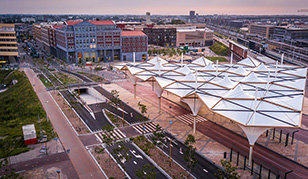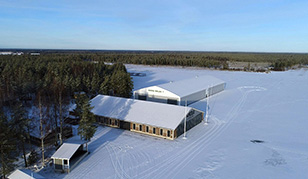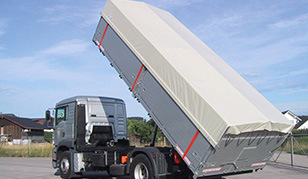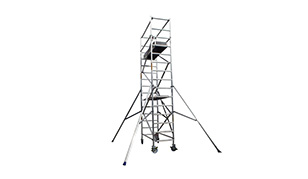
Water is a precious resource, especially in arid regions like Qatar, where freshwater sources are limited. To address this challenge, Treat Water Supply (TSE), also known as Treated Sewage Effluent, plays a crucial role in water conservation. TSE is a highly purified form of wastewater that undergoes advanced treatment to make it safe for reuse. This guide explores how TSE is processed, its applications, and why it is essential for Qatar’s sustainability goals.
Treated Sewage Effluent (TSE) refers to wastewater that has been purified through multiple stages of treatment to ensure its safe reuse. It is commonly used in irrigation, industrial processes, and district cooling systems.
Given Qatar’s reliance on desalination and its low natural freshwater reserves, TSE helps:
✅ Reduce dependence on desalination – Saves energy and minimizes environmental impact.
✅ Conserve groundwater – Prevents over-extraction and depletion of resources.
✅ Support sustainable agriculture – Provides an alternative water source for irrigation.
✅ Lower water costs for industries – Reduces the burden of using expensive potable water.
TSE undergoes a multi-stage treatment process to remove contaminants and ensure its quality:
🔹 Large debris and solid waste are removed through screening and sedimentation tanks.
🔹 Grease and oils are skimmed off to prevent clogging.
🔹 Microorganisms break down organic matter and harmful bacteria.
🔹 Aeration is introduced to speed up biological decomposition.
🔹 Chemical disinfection (chlorination or UV treatment) eliminates remaining bacteria.
🔹 Filtration removes any remaining impurities, making it safe for reuse.
🔹 The treated water is stored in TSE reservoirs before being supplied to industries, municipalities, and construction sites through a dedicated pipeline network.
TSE is widely used across various sectors in Qatar:
TSE is an eco-friendly alternative for irrigation in parks, green spaces, and farms, reducing the demand for desalinated water.
🔹 Used in concrete mixing, dust suppression, and cooling systems in industries.
🔹 Reduces water-related costs for businesses.
🔹 TSE is used in air conditioning and cooling towers to reduce the strain on freshwater resources.
🔹 Helps maintain natural ecosystems by reducing water wastage.
🔹 Lowers the carbon footprint associated with desalination plants.
Despite its benefits, TSE implementation faces challenges such as:
🔹 High infrastructure costs for treatment and distribution.
🔹 Public perception concerns about using treated wastewater.
🔹 Need for continuous monitoring to meet safety standards.
Future developments focus on expanding TSE infrastructure, improving public awareness, and enhancing water recycling technologies to ensure long-term sustainability.
Order TSE and other water solutions at Kingfisher Qatar.
If you are looking for reliable water supply solutions in Qatar, Kingfisher Qatar offers high-quality TSE services for construction, landscaping, and industrial applications. Our advanced water supply systems ensure sustainability while meeting Qatar’s environmental regulations.
No, TSE is not intended for drinking water. It is used for irrigation, cooling, and industrial processes.
Desalinated water is purified seawater used for drinking, while TSE is treated wastewater used for non-potable applications.
The Public Works Authority (Ashghal) oversees TSE standards, ensuring its safety and efficiency. More information can be found on Ashghal’s website.
Treat Water Supply (TSE) in Qatar is a game-changer in sustainable water management. It reduces pressure on freshwater resources, supports industrial growth, and ensures efficient water reuse. By investing in TSE, Qatar moves closer to achieving its Qatar National Vision 2030 for sustainability.
For premium water supply services, explore Kingfisher Qatar’s offerings and find cost-effective solutions tailored to your needs. 🚰🌍
 Tensile Architecture
Tensile Architecture  Modular
Modular  Protect cover
Protect cover  Ladders
Ladders  Modular
Modular  Modular
Modular  Protect cover
Protect cover  Scafolding
Scafolding 



